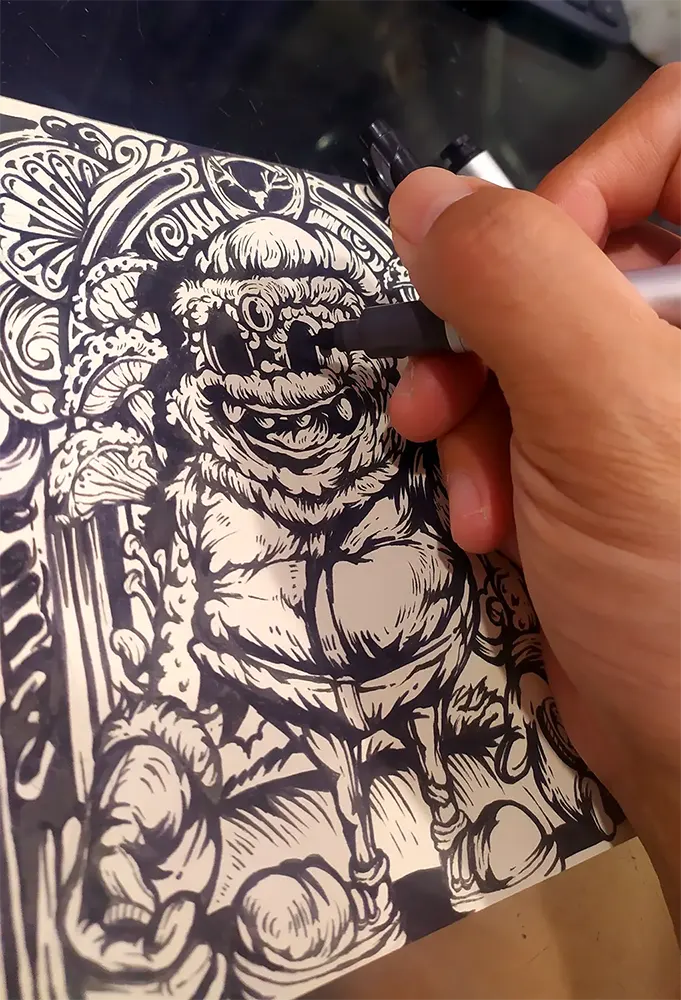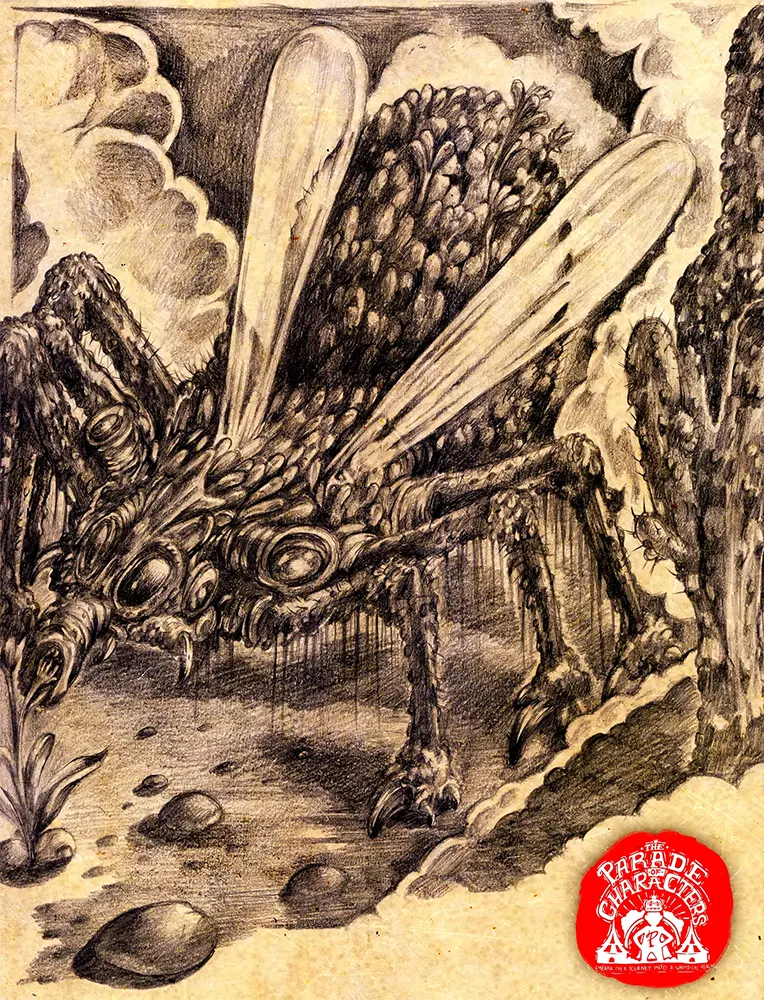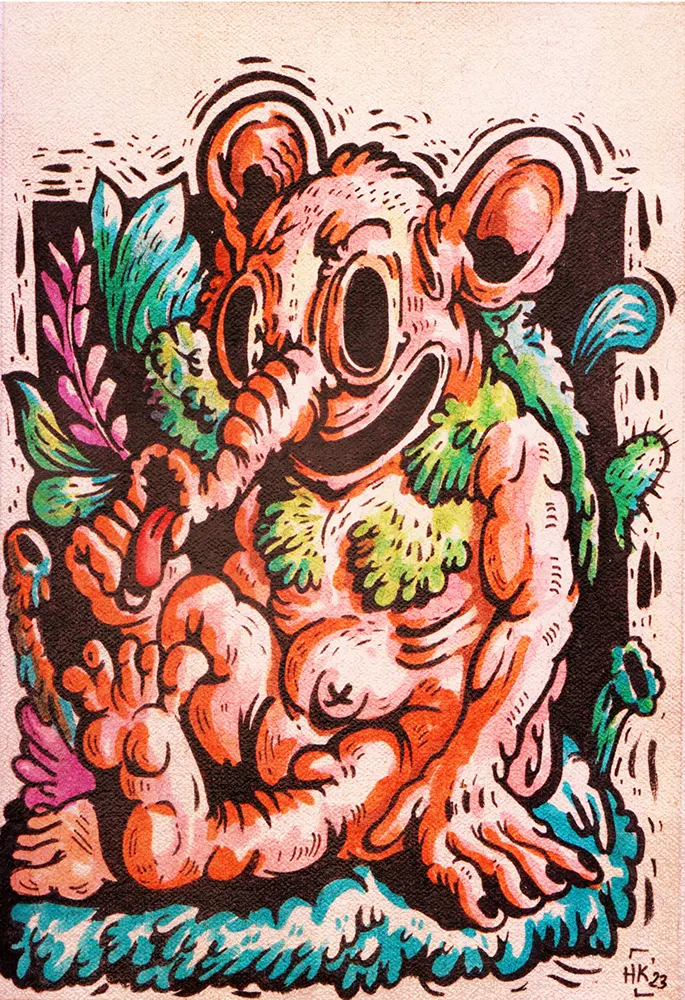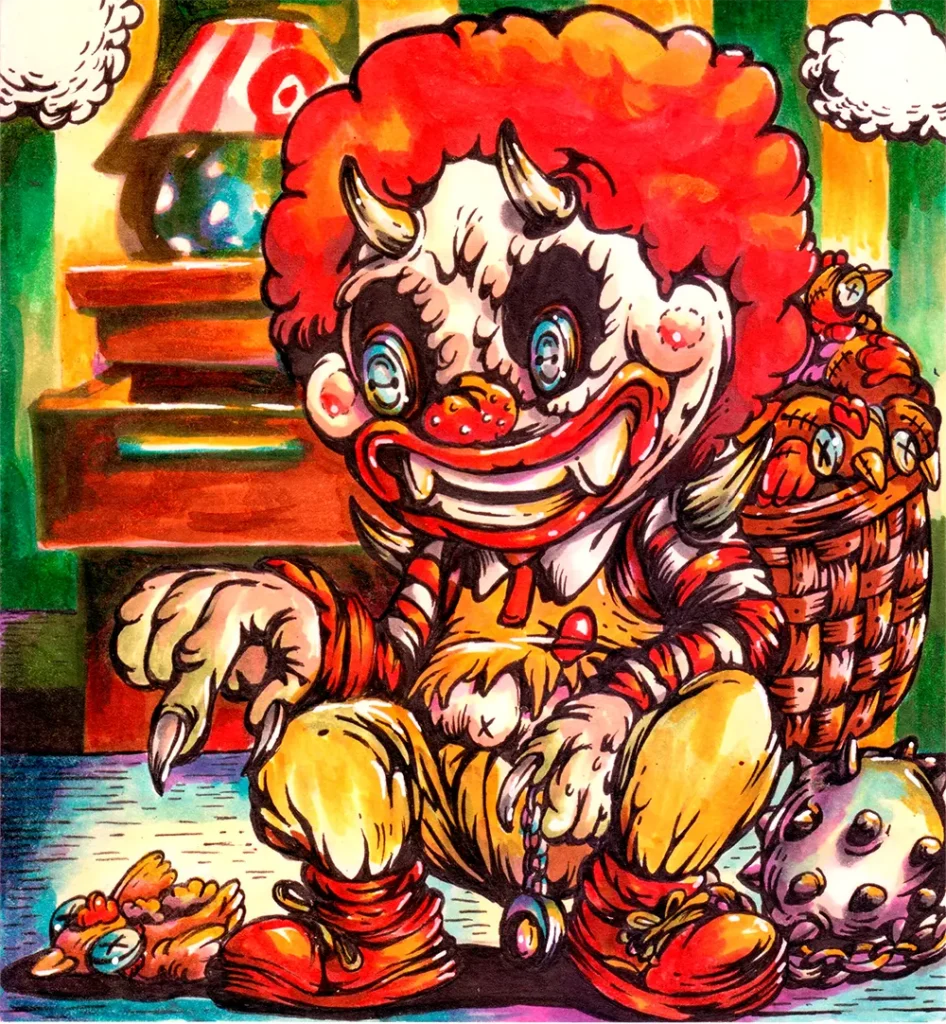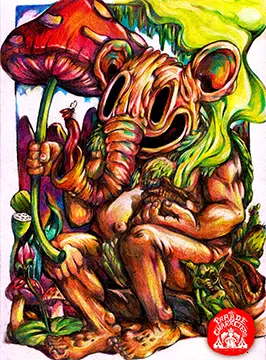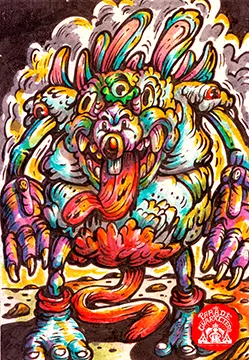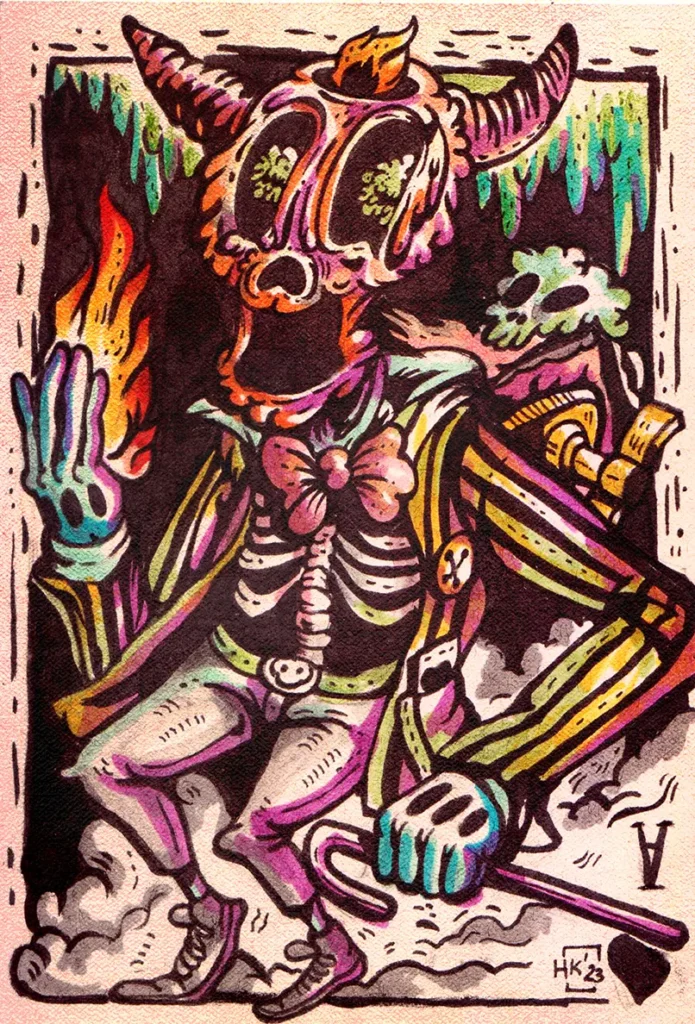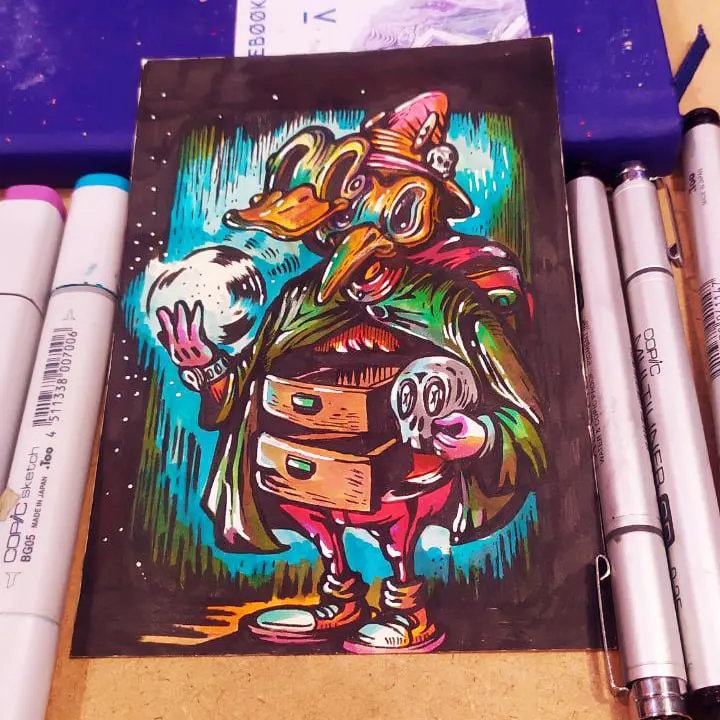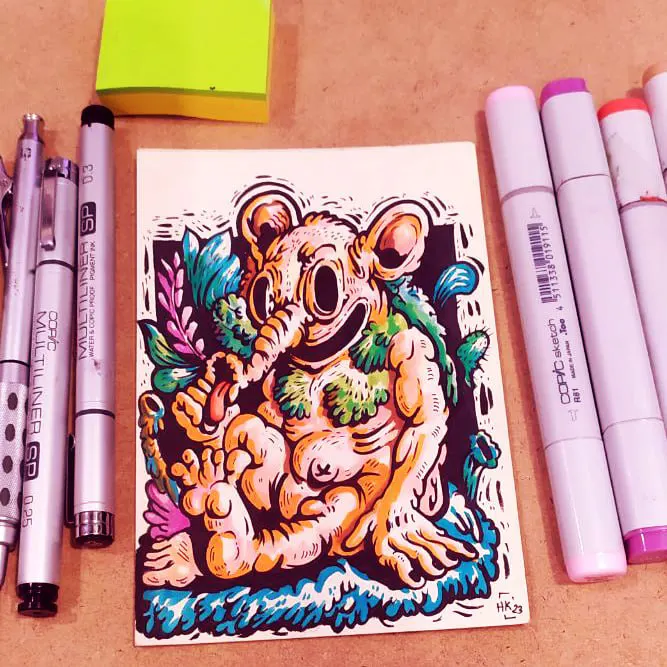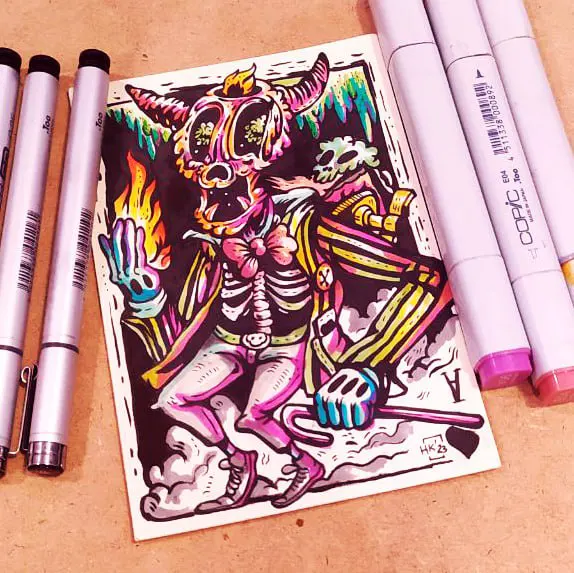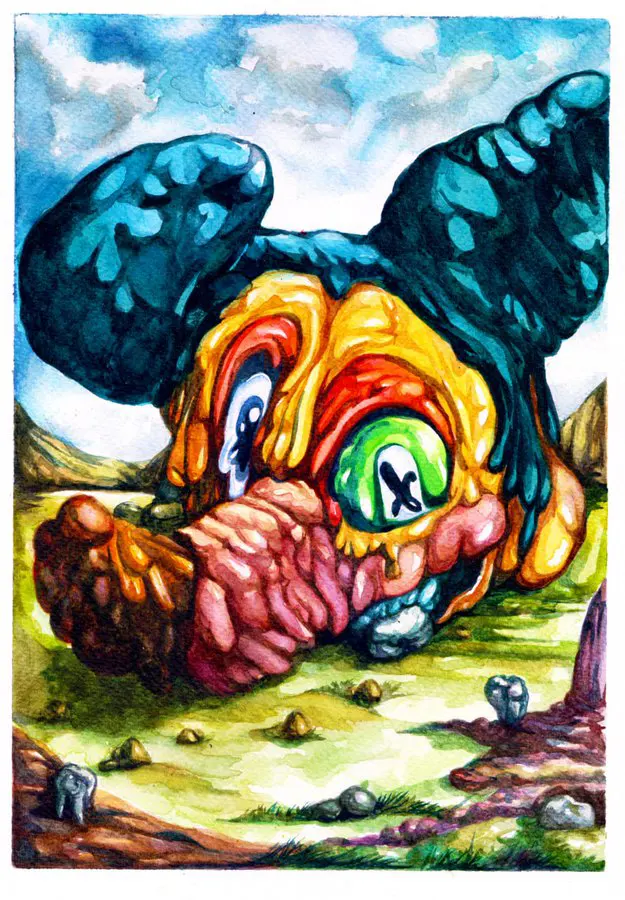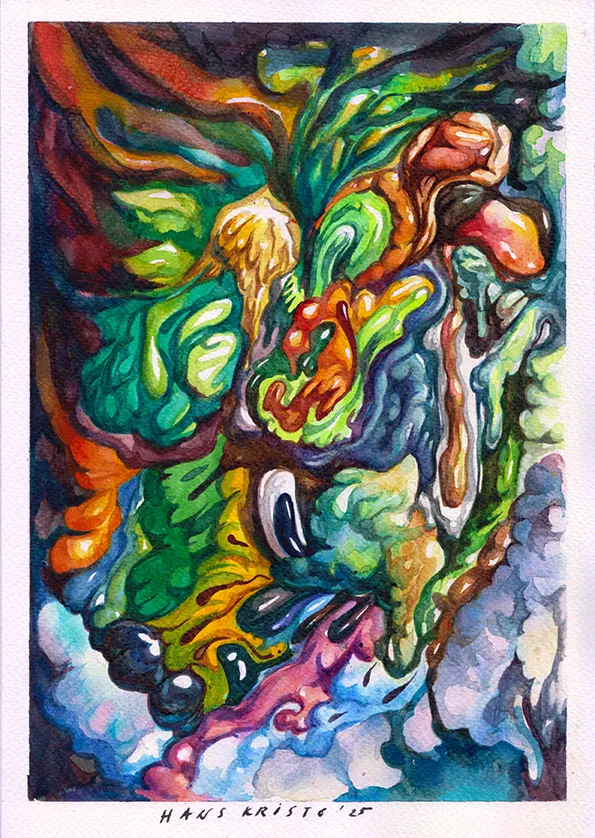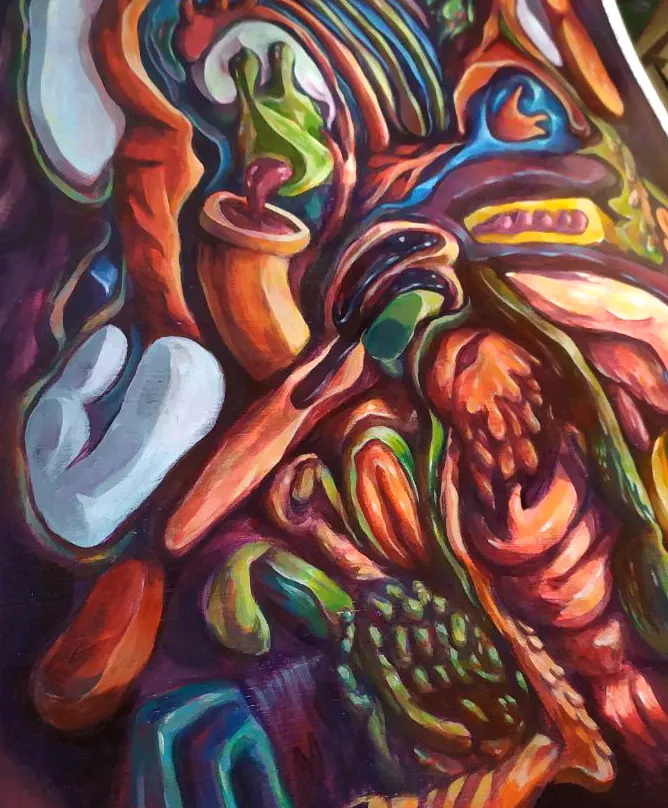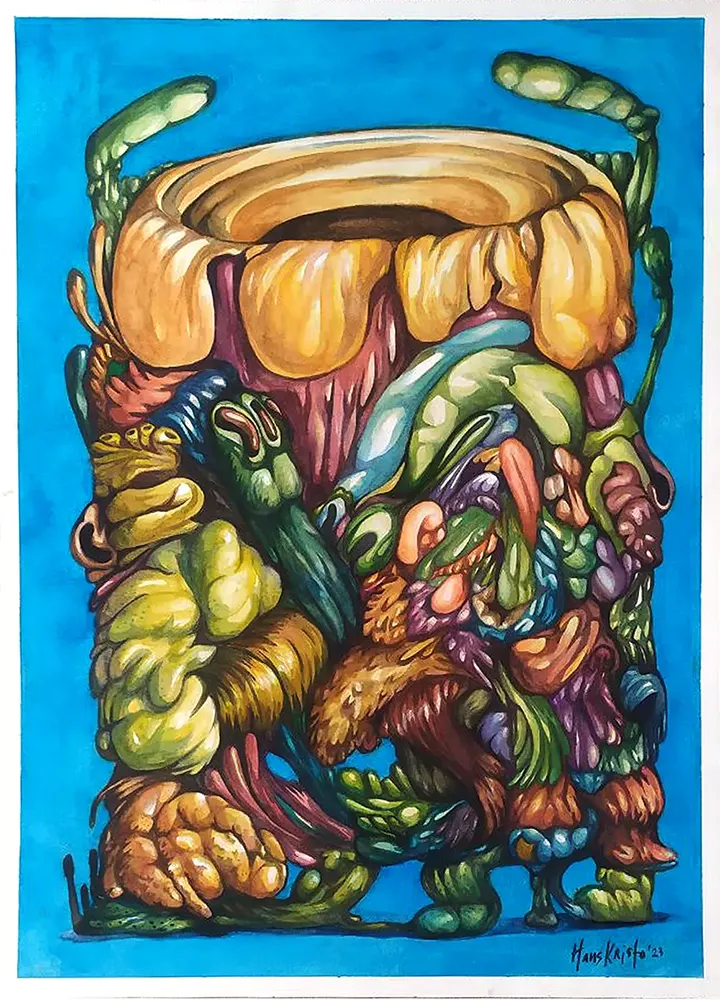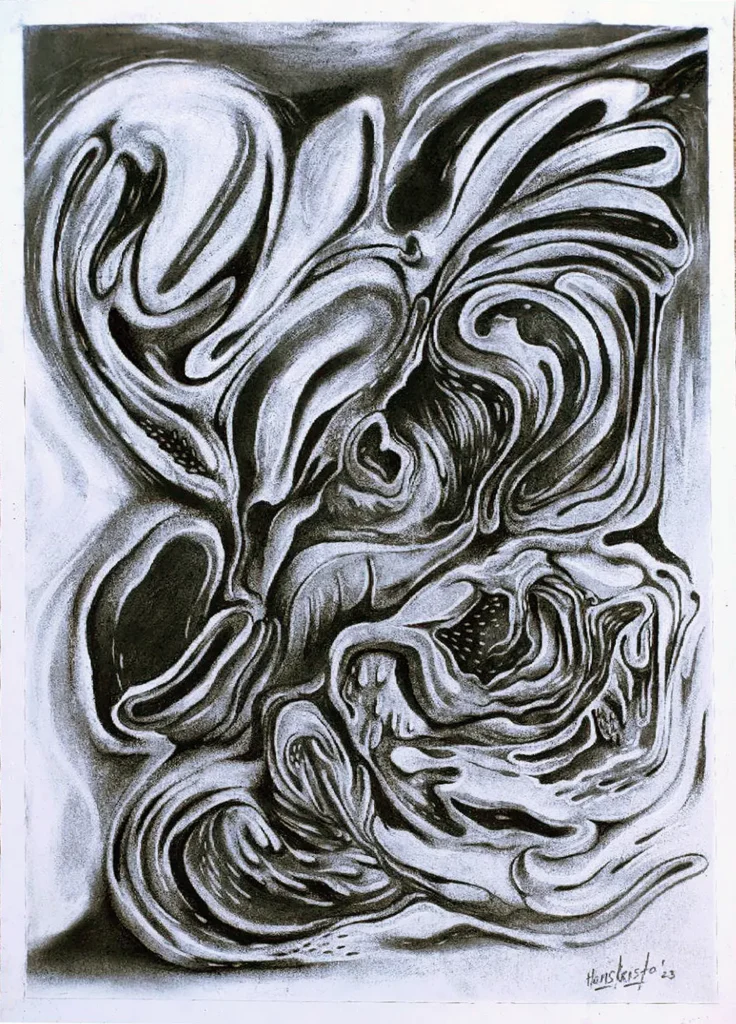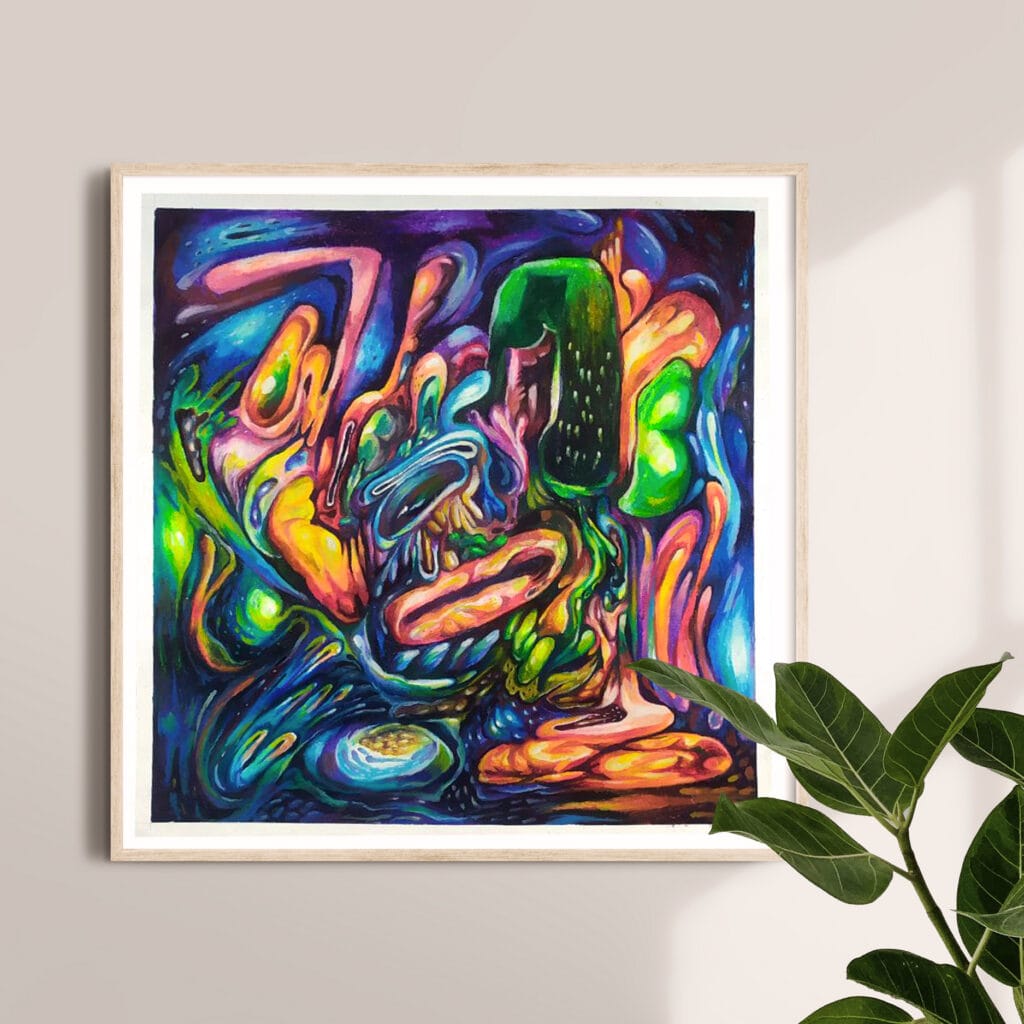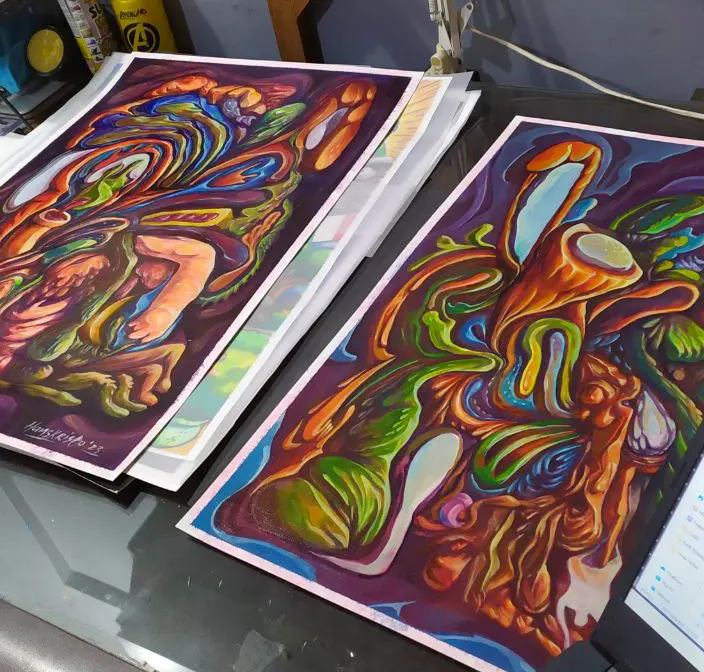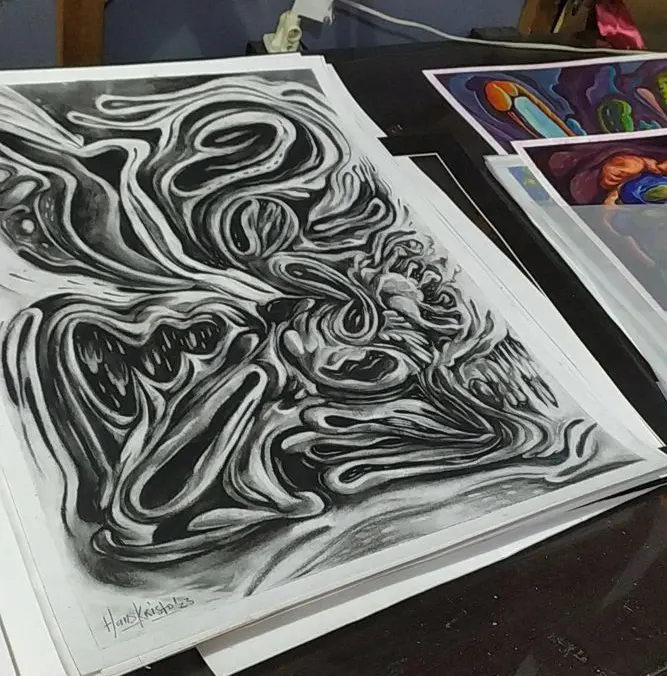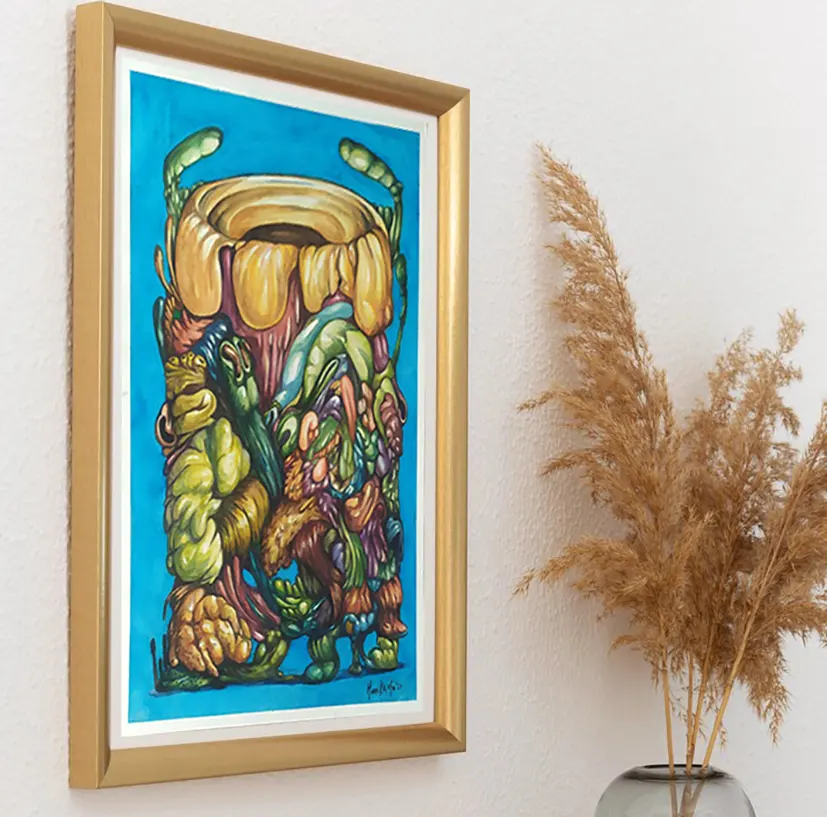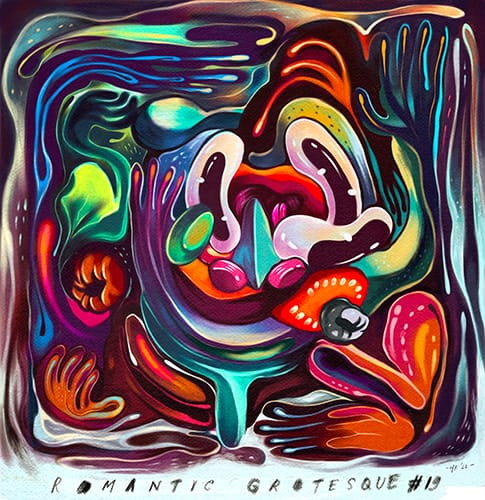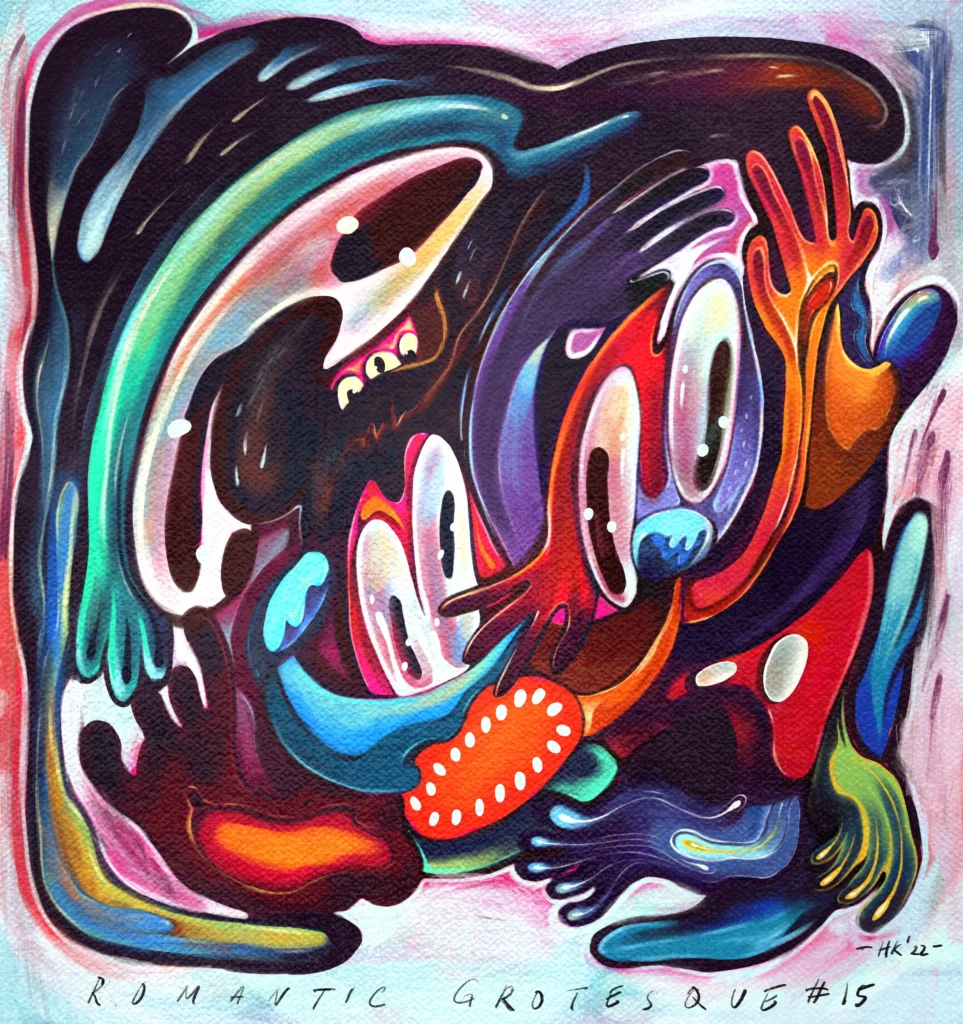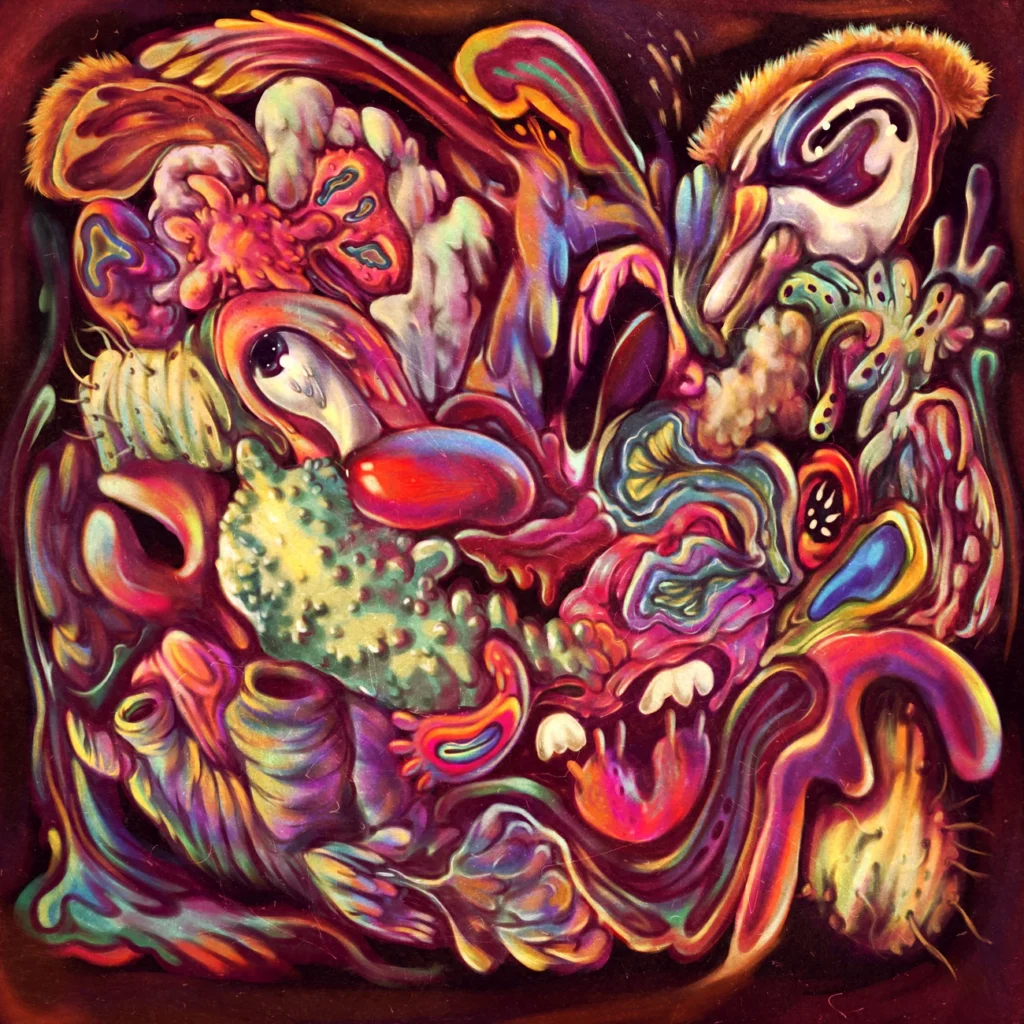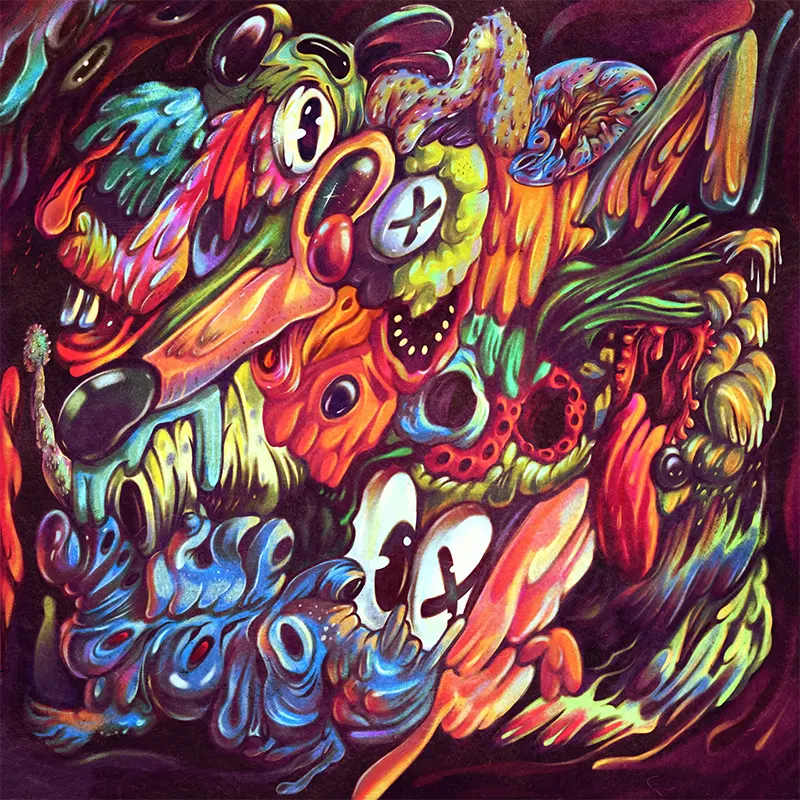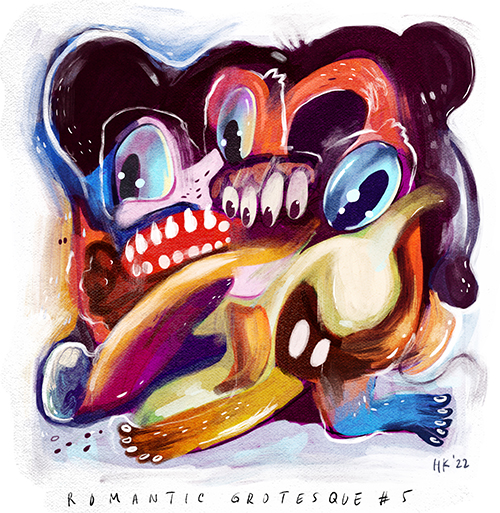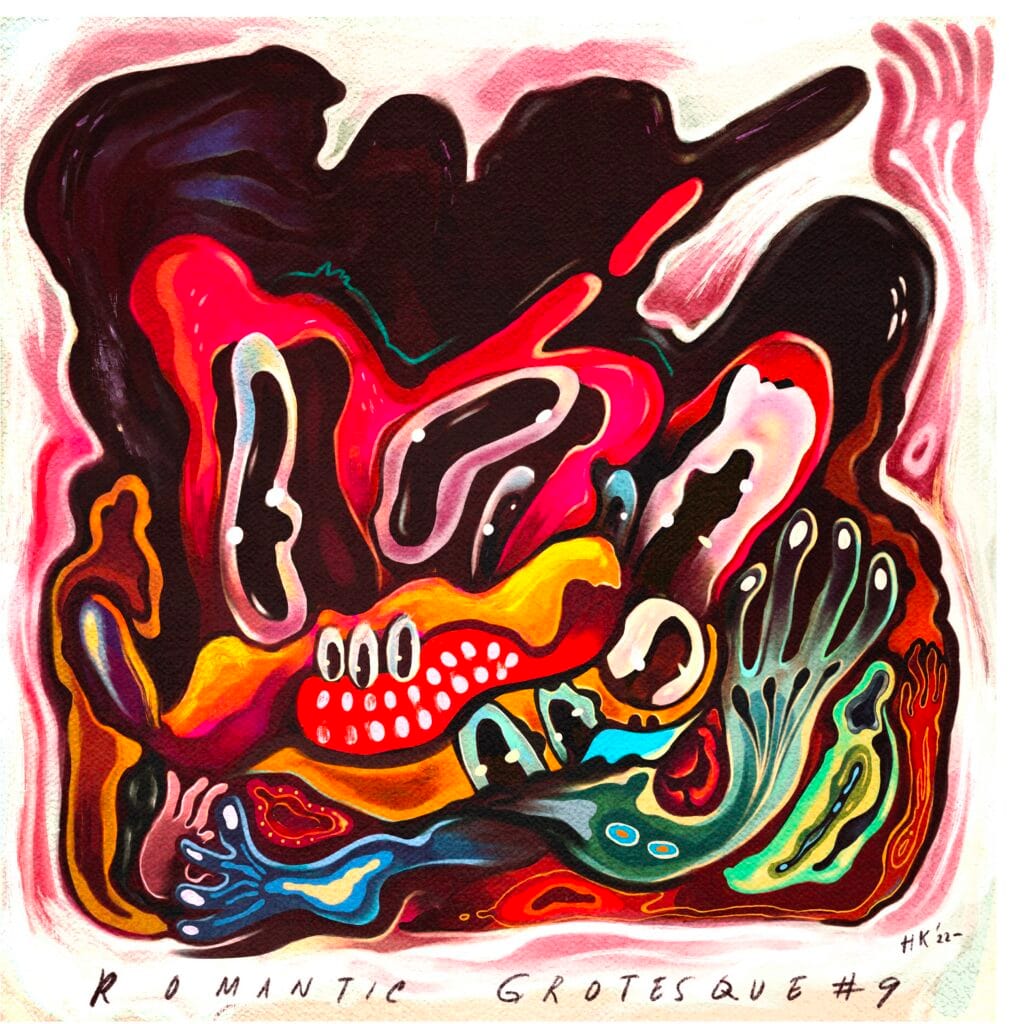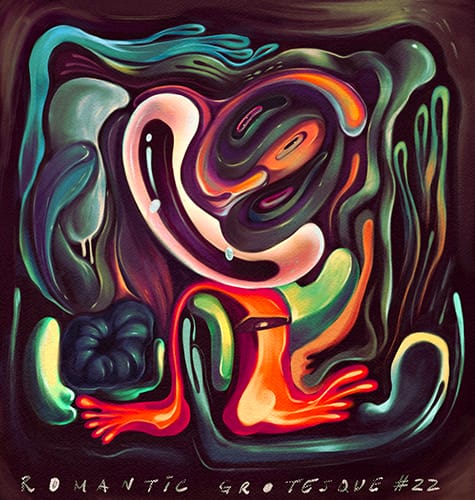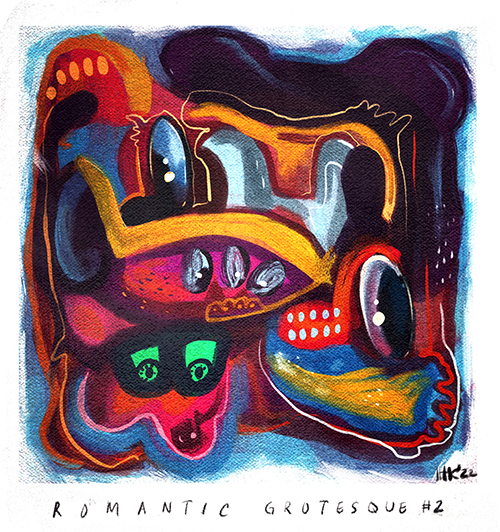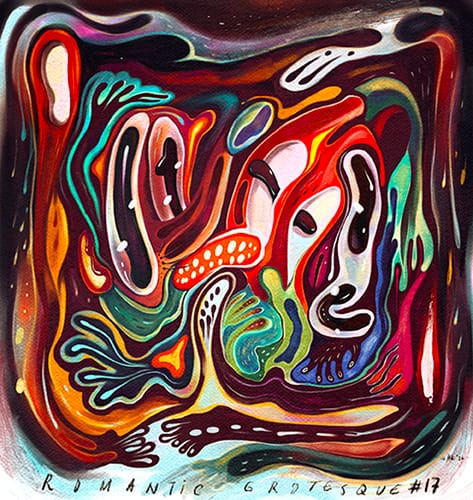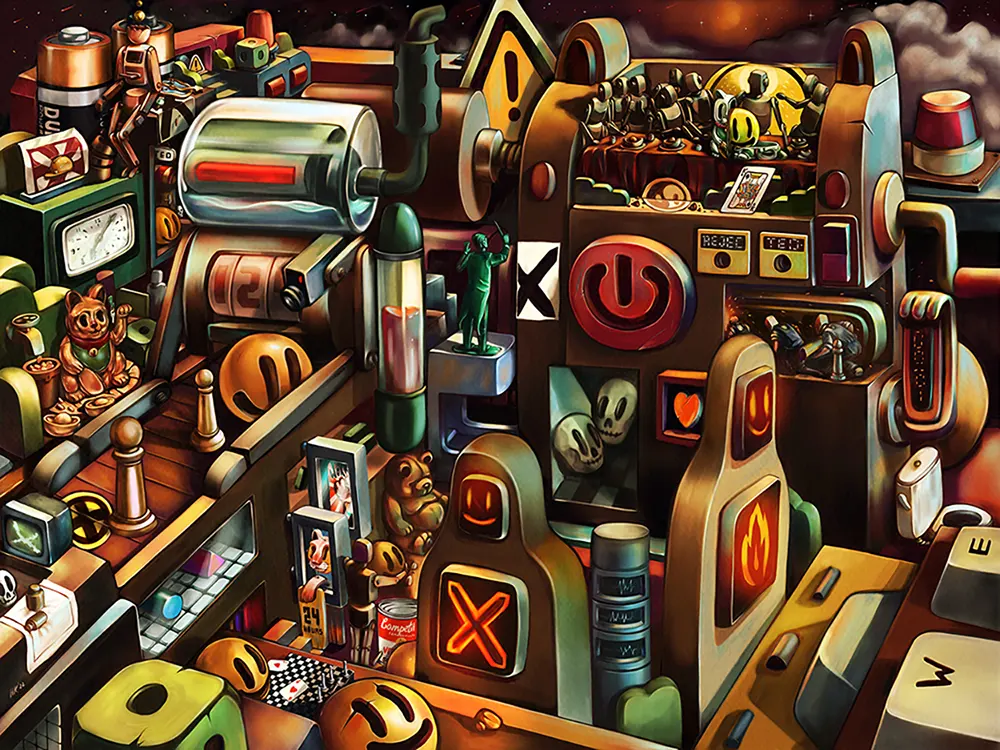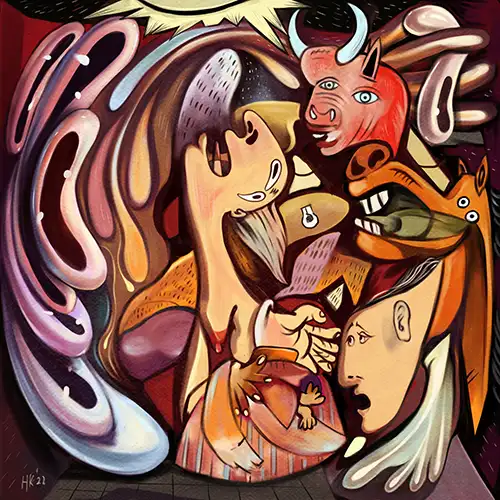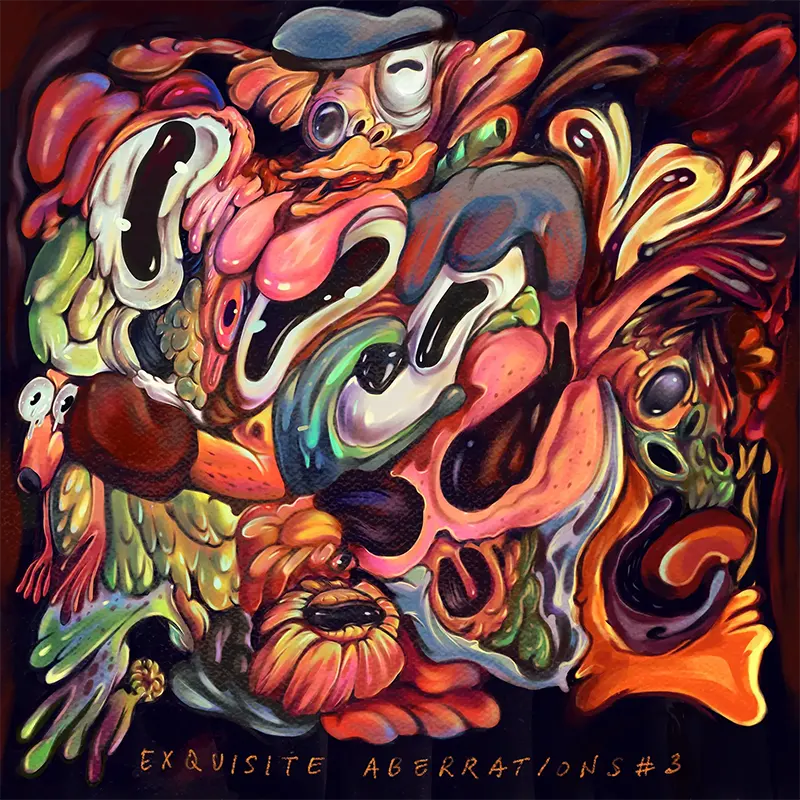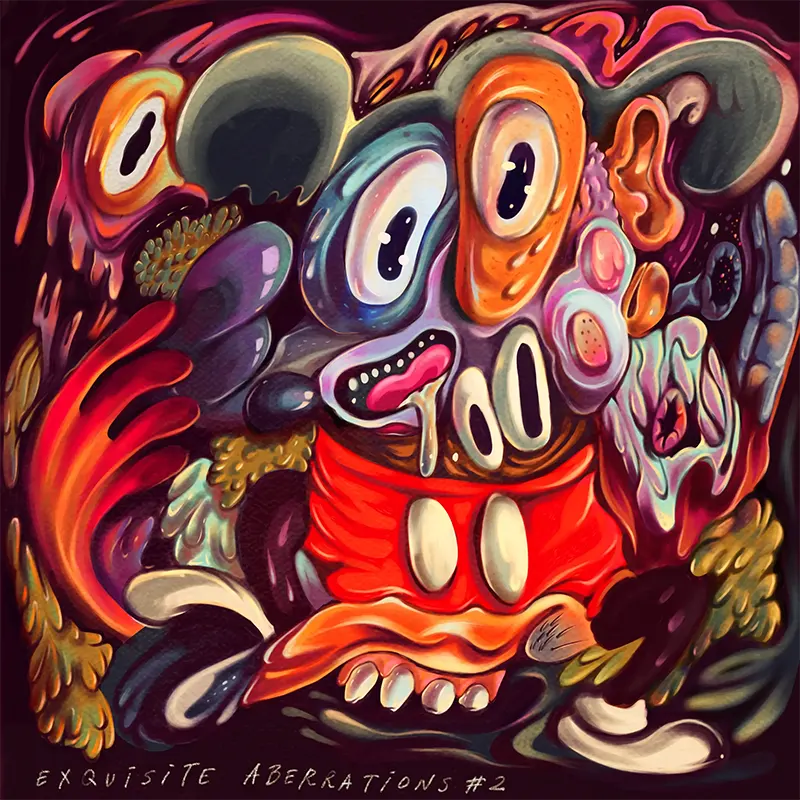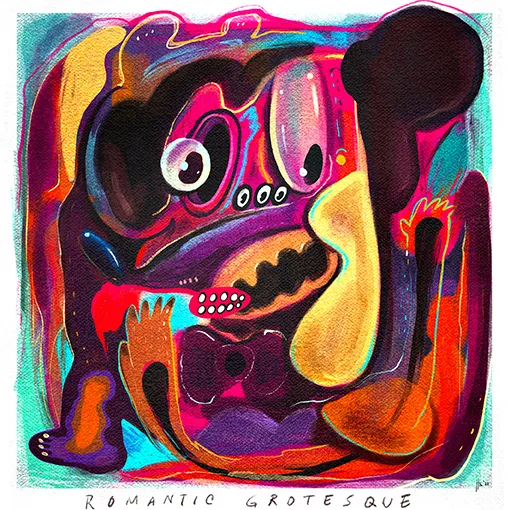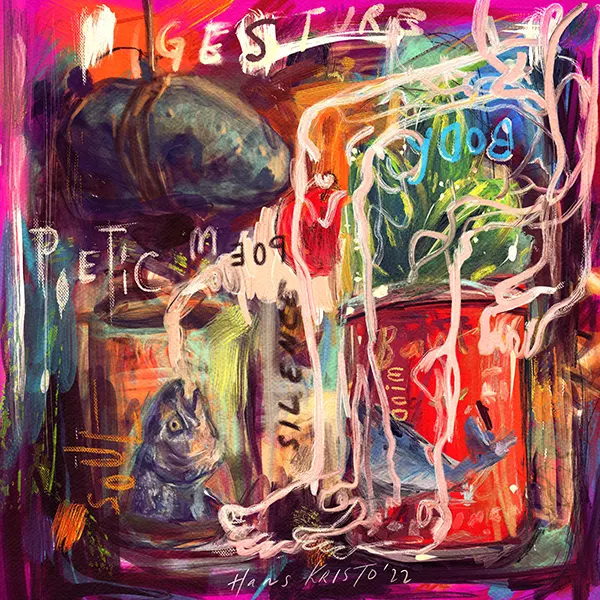
Artists Selling Art Online: Why the Utopian Idea of Web3 Offers a Promising Shift for the Art Ecosystem
From galleries to marketplaces, how Web3’s utopian vision is being tested in the art world.
Introduction: Web3 vs Web2 Art Market
Over the past few years, I have explored the world of NFTs, digital art, and Web3 marketplaces, seeking to grasp how the market functions and how connections are forged within it. From the outset, it was clear that there is a sharp difference between the logic of the traditional art market and the lens through which art is perceived. At its core, the Web3 market is founded on decentralization—eliminating gaps and removing gatekeepers within the patronage of art. This shift effectively cuts across the art market structures we have long been familiar with. The question is: what exactly has been cut away, and how is the market now being reimagined? To answer this, let us first examine the Web2 art market.
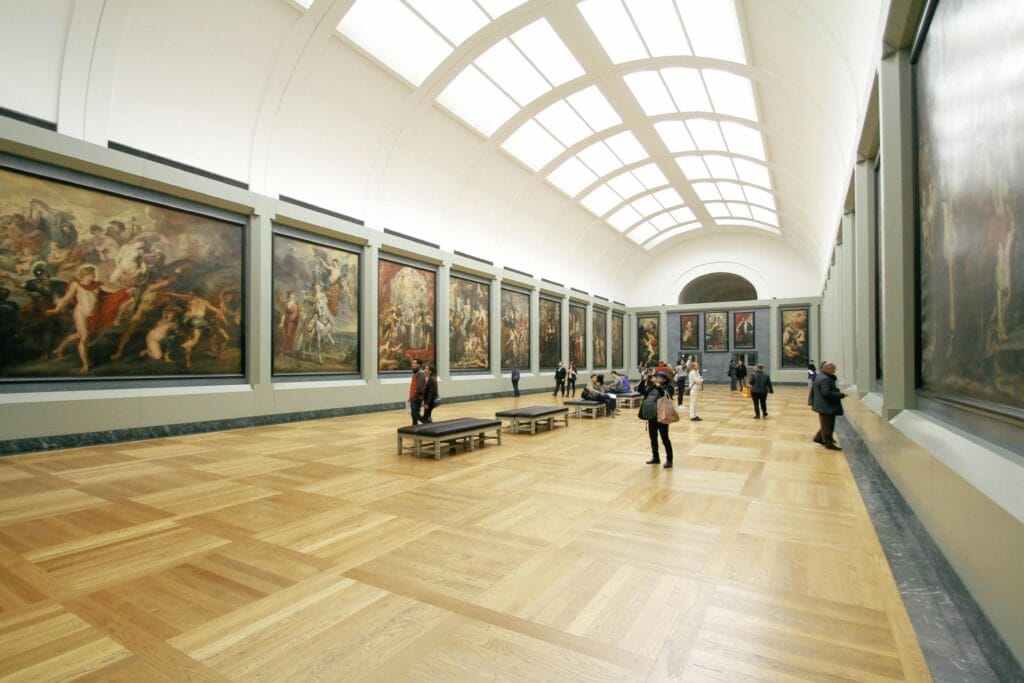
" At its core, the Web3 market is founded on decentralization—eliminating gaps and removing gatekeepers within the patronage of art. "
The Artist and the Role of Curators
At the heart of every art economy lies the artist—the one selling art online and offline. In the world of Web2, the artist has always stood at the center. Without them, art itself cannot exist. Context and perspective are what give a work its meaning, and so we read not only the artwork but also the story of its maker. In this way, the artist is both subject, giving life to their work, and object, endlessly interpreted by audiences, curators, and critics alike.
But in Web3, the picture begins to change. Here, the artist becomes known as a creator in the NFT art ecosystem—a figure who is not only a cultural producer but also a participant in the mechanics of tokenization. The market often takes the form of gamefi or gacha, where chance, rarity, and play become central to why a collector in Web3 buys. Art in this world is no longer only about aesthetics; it becomes a digital asset, animated by scarcity, speculation, and the thrill of the game.
In Web2, curators have long been vital mediators, bridging the gap between artists and their audiences. Their task is not only to select works of merit but also to interpret and articulate artistic discourses for a broader public. Ideally, curators are involved early in the process, conversing with artists to refine concepts and shape exhibitions. They serve as think tanks and dialectical partners, sharpening ideas before they take form.
In Web3, however, the picture looks different. The early NFT art market left little room for curators, as decentralization allowed market demand and digital collectibility to replace formal curation. Recently, though, Web3 curators have resurfaced—though in simplified form. They tend to focus on filtering works for display, whether in online art marketplaces or physical showcases, emphasizing selection and visibility over conceptual depth.
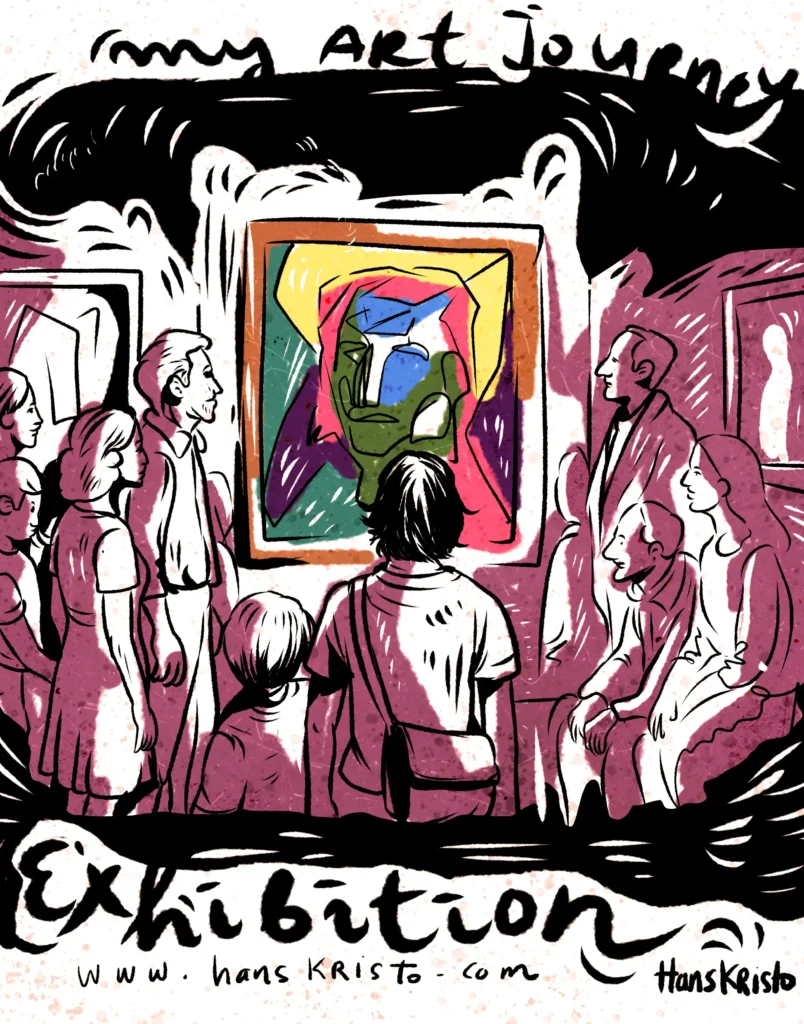
Collectors and Educational Institutions
In the traditional art ecosystem, collectors hold a role similar to that of appreciators, though with greater responsibility. Beyond appreciating artworks, a collector also acts as a patron, a driver of the art economy, and at times, a trader of works. Their presence often serves as a form of validation for an artist’s success. Commonly, three milestones are seen as markers of achievement: when an artwork is completed, when it is exhibited and appreciated, and when it finally enters a collector’s possession. Still, each stage carries different weight for each artist.
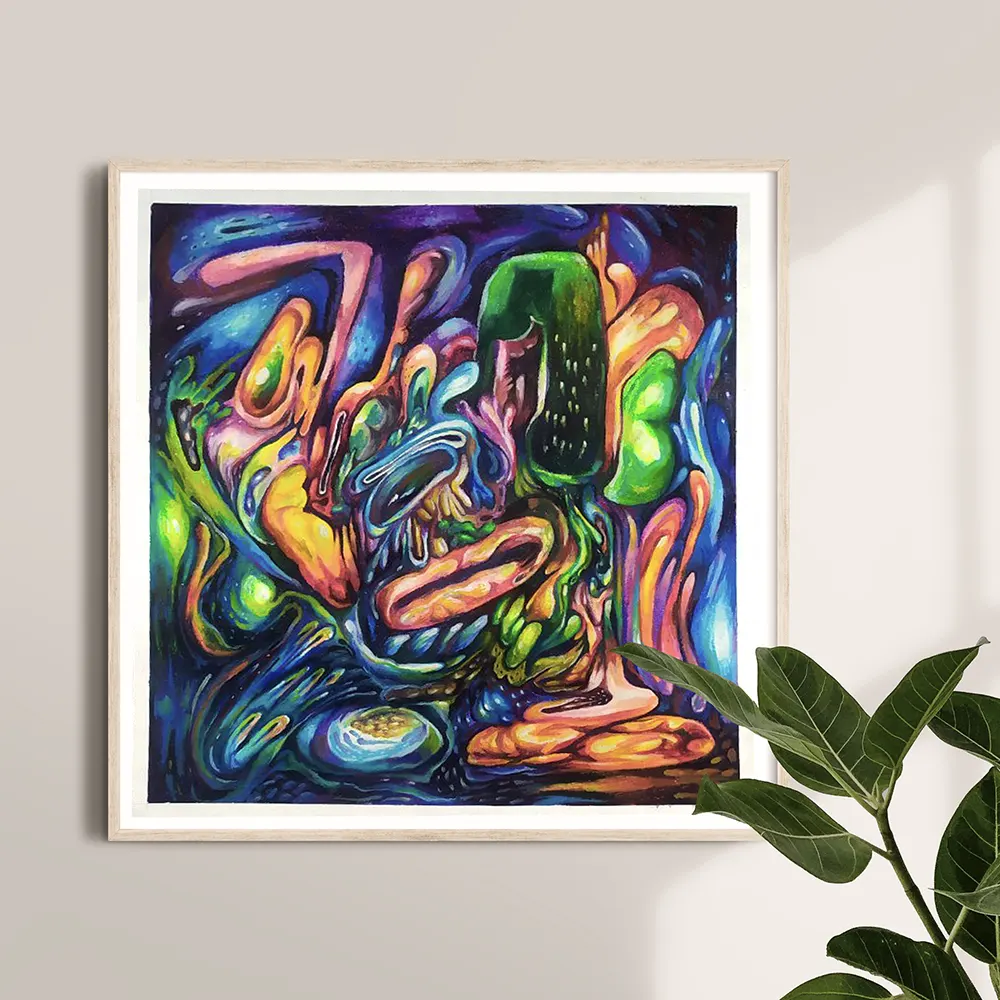
"Education Institution in the art world provide the space for critical dialogue, act as incubators for discourse, and nurture generations of artists, curators, and critics. "
In Web3, the role of the NFT collector is essentially not so different. Many still emerge as patrons and supporters, purchasing works out of genuine admiration and a desire to sustain the artist’s practice over the long term. Yet a distinctive Web3 phenomenon has also appeared: the rise of degen collectors, who buy works only to ride hype and quickly flip them for profit. Interestingly, this pattern is not entirely new. In Web2, there were already figures known as speculator collectors—those who rapidly released works merely to “fry” market value, rather than holding onto them for the long term.
In Web2, educational institutions in the art world form the backbone of intellectual life. They provide the space for critical dialogue, act as incubators for discourse, and nurture generations of artists, curators, and critics. Their frameworks give stability and depth, ensuring that art practice is supported by intellectual rigor.
By contrast, Web3 has yet to develop such robust institutions. Formalized discourse and manifestos are rare, though early traces are beginning to appear: online communities hosting discussions in digital spaces, and experimental residencies bridging physical and virtual worlds. For now, education in Web3 art is shaped less by hierarchy and more by fluid, community-driven initiatives.
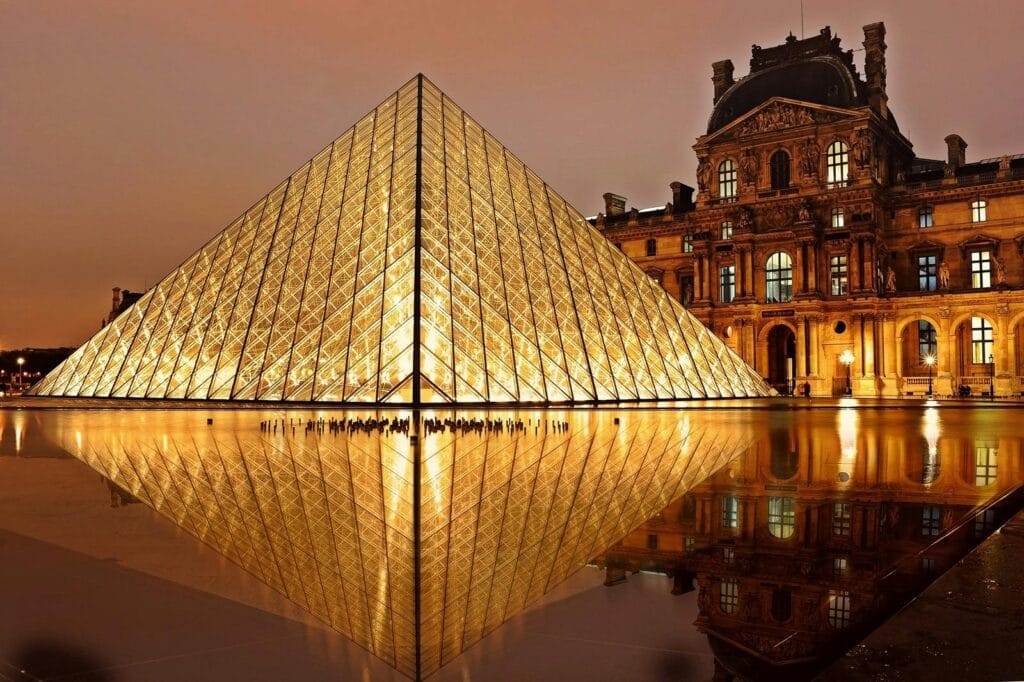
Museums and Gallerists
In the traditional art market, museums hold a central role as archives and guardians of cultural heritage. They preserve and care for works, conduct restoration, educate the public, and create spaces of appreciation and validation for artists. Museum collections typically undergo rigorous curation, considering quality, conceptual value, discourse, and historical significance. While museums interact directly with artworks and artists, their role differs from galleries or art fairs—they are not oriented toward transactions, but toward preservation and historical authority.
In the Web3 space, the role of the digital museum remains more of a concept than a fully realized institution. The idea of a Web3 art museum could prove vital as an archive for NFTs and blockchain-based art. However, since the Web3 ecosystem is still in its early stages, museums are not yet seen as a priority. The focus remains largely on NFT marketplaces, collectibility, and community-led curation. Even so, the need for digital archiving institutions is likely to grow as the Web3 art world matures.
In the Web2 art ecosystem, gallerists play a major role in shaping the art marketplace while providing exhibition spaces for artists. Some galleries strive to balance commercial functions with intellectual roles—not only selling artworks but also bringing local and global art narratives into their discourse. Each gallery carries its own concept and vision, depending on its target audience and orientation. Some collaborate with in-house curators, while others work with freelance curators to determine which artists may exhibit in their spaces.
"In the traditional art market, museums hold a central role as archives and guardians of cultural heritage. "
Discover Homo Ludens: Where Play Shapes Art
Web3 Galleries as Marketplaces
In Web3, the role of the gallery has transformed. Galleries more often take the form of digital marketplaces—platforms that allow artists or creators to “drop” their works. These marketplaces function like online art galleries, promoting the artists featured on their sites. In addition, some Web3 marketplaces have begun initiating curatorial programs, both for physical and virtual exhibitions, thereby expanding the definition of a gallery from a mere exhibition space into a global ecosystem for selling art online.
